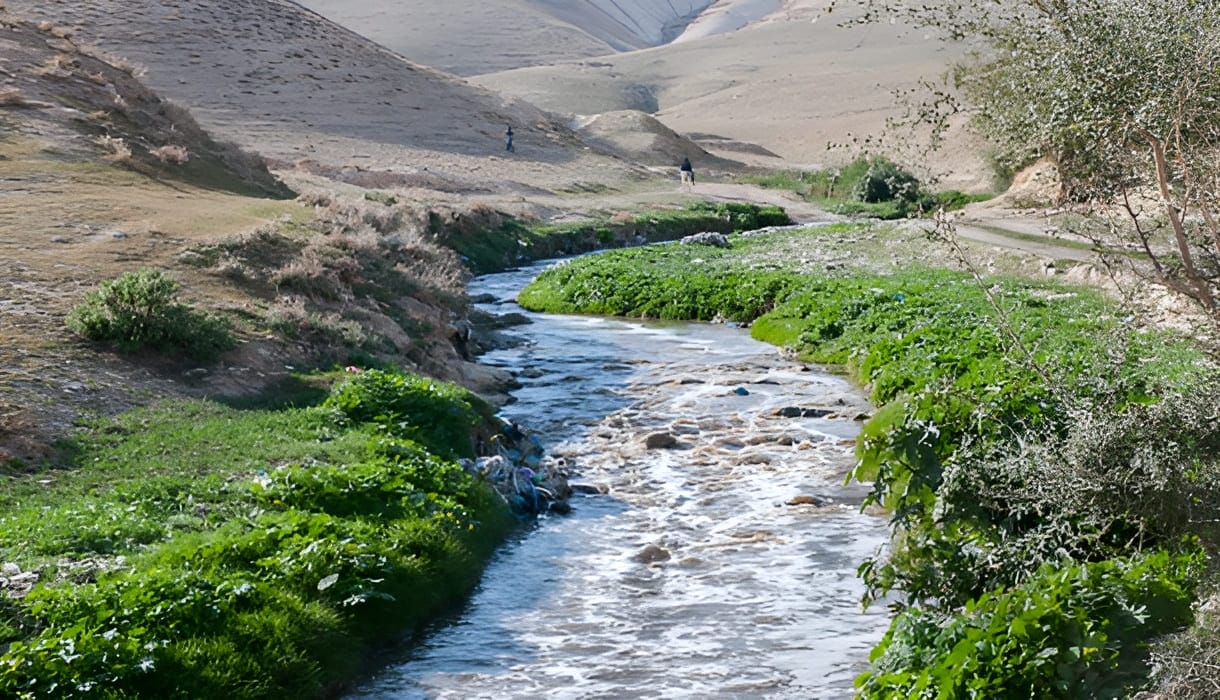
Today (Tuesday 17th September) the UN Security Council will debate the renewal of the mandate for UNAMA—the UN Assistance Mission in Afghanistan—a twice-yearly event that sets the boundaries of UNAMA’s work: the Sisyphean task of supporting peace and development in a country that has been wracked by more than 40 years of bloody, gruelling war.
The
UN in Afghanistan
In terms of the resources it brings, the UN is a relatively minor player in Afghanistan. However, as one of the few organisations that has stayed in Afghanistan throughout four decades of conflict, it is also the closest thing the country has to a body that is seen as impartial by most sides. It provides vital services to millions of Afghans and it can play the role of an overall facilitator of peace in Afghanistan. This role is likely to become more prominent in future if, as repeatedly promised by President Trump, there is a drawdown in international security forces in the country. The question in front of the Security Council is how best to direct the UN to facilitate a move to peace.
This time there will be discussion about whether to add the security risks of climate change as one of the things that UNAMA should be tracking. Some member states will no doubt argue that the UN’s mandate should be narrow: focused on humanitarian response and support to the government. But in a recent briefing paper produced by @adelphi as part of a network of independent Climate Security Experts, I argue that UNAMA should also be directed to address the very real security threats presented by climate change (short factsheet here).
The
seemingly never-ending conflict
I can see why this might be a stretch – the country is facing numerous security challenges right now, let alone anything that might happen as a result of climate change in future. Recent events have been tumultuous, even by the standards of Afghanistan.
Over the past few months negotiations directly between the Taliban and the US aimed to cut a deal for the withdrawal of US troops in return for Taliban commitments not to plan or support acts of international terrorism. On the American side this was a thinly veiled attempt for Trump to fulfil an election promise to get the troops home. However, the negotiations were pursued without much apparent thought for the long-term stability of the country – at the Taliban’s demand the Afghan government was not even invited to take part.
In late August it looked as though some kind of a deal was imminent. President Trump took the astonishing, spur-of-the moment decision to bring Taliban representatives to the US to sign the deal, alongside President Ashraf Ghani who was supposed to rubber stamp a fait-accompli. The fact that this meeting was to be held within days of the anniversary of 9/11 in Camp David, a potent symbol of the American Presidency, was a high-risk political strategy, to say the least.
Perhaps predictably, things fell apart at the last minute following a Kabul car bombing that killed an American soldier as well as a number of civilians. Trump unleashed a twitter tirade revealing both the planned meeting and its cancellation. It’s not clear what will happen next, but one thing is pretty certain in the short-term: violence will intensify.
And levels of violence are already desperately high. A shocking report from the BBC calculates that an average of 74 people were killed every day in August – more than 2,300 people were killed just in one month.

Climate
Security in Afghanistan
Against
this backdrop, is it even worth talking about the impact of climate change on
security in Afghanistan?
The
answer is absolutely yes. Climate change is not a future risk in Afghanistan –
it is already happening: since 1950 the average temperature has risen by 1.8oC,
changing rainfall patterns, melting the snowpack earlier and increasing the
frequency of droughts and floods.
Many
Afghans are highly vulnerable to the impacts of climate change as a result of
their exposure to droughts, floods and other natural disasters, as well as
their reliance on climate-sensitive livelihoods such as rain-fed agriculture
and livestock herding. Four decades of conflict has increased Afghanistan’s
vulnerability to climate change, the impacts of which may, in turn, help to
create the conditions for continued violence.
There
are a number of ways in which the evolving impacts of climate change could (and
may already) contribute to insecurity in Afghanistan.
First,
the impacts of a warming climate on water security, food production and the
intensity of natural disasters could undermine rural livelihoods, worsen
poverty, and displace a larger number of rural residents to cities. This in
turn could make the provision of basic services more challenging, potentially
increasing frustration with the government and contributing to overall levels
of insecurity.
Second,
more frequent droughts could encourage the drug economy. Afghanistan is the
biggest producer of opium in the world. Given that poppy is a drought-resilient,
water-efficient, and profitable crop, projected climate impacts could make it a
more attractive alternative for many farmers. This in turn could increase
revenues to armed opposition groups, incentivise efforts to repel government
control in drug-producing areas, and encourage corruption among government
employees.
Third,
scarcer water and arable land could increase community-level and interethnic
conflict. Afghanistan already experiences significant amounts of violent
conflict at the community and inter-ethnic levels over access to land, pastoral
grazing areas and irrigation water. These disputes could worsen in the context
of increasingly scarce resources brought about by climate change.
Fourth,
international tensions over transboundary water resources could undermine
attempts to stabilise the country. All five major river basins in Afghanistan
discharge their water into neighbouring states. Years of conflict in the
country have restricted the construction of water-related infrastructure. If
climate change further reduces critical water supplies in neighbouring states,
this could encourage them to play peace spoiler roles so as to forestall
investment in water infrastructure in Afghanistan.
Climate
security in the UN mandate
Understanding and addressing these issues is not so much a question of adding to the UN’s already overloaded mandate, but rather an essential part of achieving it. The climate fragility risks outlined above could hamper the achievement of all five areas of the UN’s Development Assistance Framework for Afghanistan. Consequently, it is vital that the international community in general, and the UN in particular, takes these climate security risks into account when designing aid and stabilization interventions.
Among many other challenges, the country needs to simultaneously build resilience to future climate change while trying to recover from past conflicts. The risks described above are not inevitable: Afghans have time and again showed their resilience and ingenuity in the face of seemingly insurmountable odds. These risks can be addressed and averted if the right measures and policies are put in place, and the UN has an important role to play in helping that happen.


